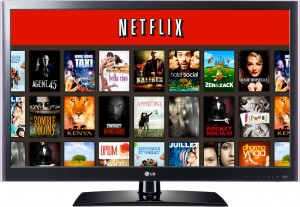Jackie Huba’s “Starbucks get back to its roots in new campaign” explores the new web video, entitled “Meet Me at Starbucks,” released by Starbucks. When Howard Schultz joined Starbucks in 1983, he wanted it to have a sense of community and be a place of conversation. He envisioned a “third place” between work and home. However, over the years Starbucks’ marketing strategies have drifted away from this purpose. “Meet Me at Starbucks” was shot in 28 countries and shows various moments of people using Starbucks stores to connect with one another, just as Howard Schultz had envisioned.
In my opinion, this marketing initiative will ultimately be successful for Starbucks in the long run. Instead of marketing in a method similar to most other coffee chains which promotes products that may be very similar to the products of other companies, this marketing strategy differentiates Starbucks from its competition. By focusing on strong value propositions that include different ideas of what a coffee shop should encompass, Starbucks will be able to position itself uniquely in the minds of consumers. A point of difference for Starbucks is providing an atmosphere that emits an sense of community and can be used to facilitate conversation. In contrast, Starbucks’ initial marketing strategies mostly promoted their product and didn’t take the customer’s needs and wants into consideration as much. Overall, I believe this campaign will be a success for the Starbucks brand.
Works Cited
Huba, Jackie. “Starbucks Get Back to Its Roots in New Campaign.” Jackie Huba. 1 Oct. 2014. Web. 9 Nov. 2014.
“Starbucks Coffee.” Downtown Oakville. Web. 9 Nov. 2014.




